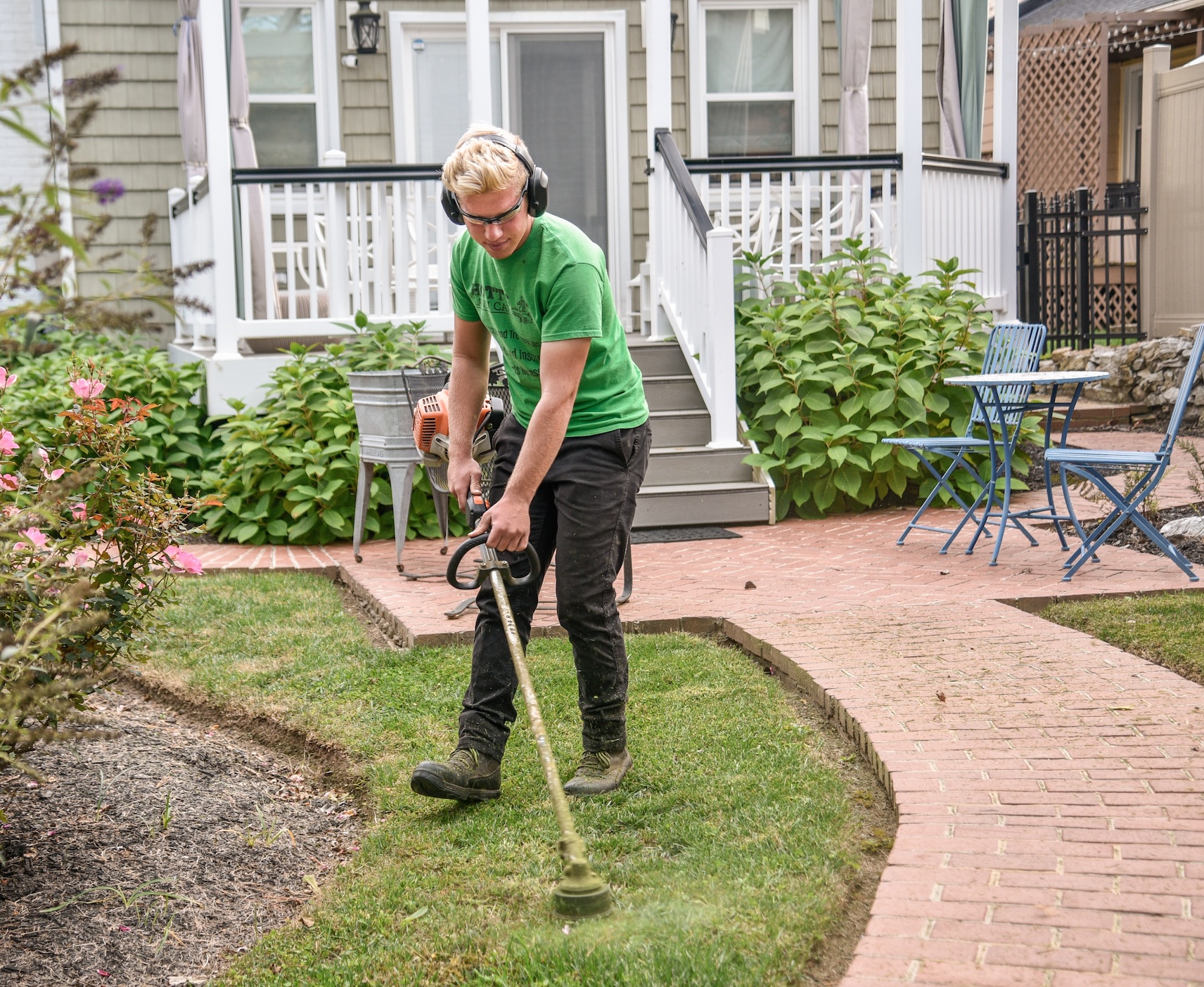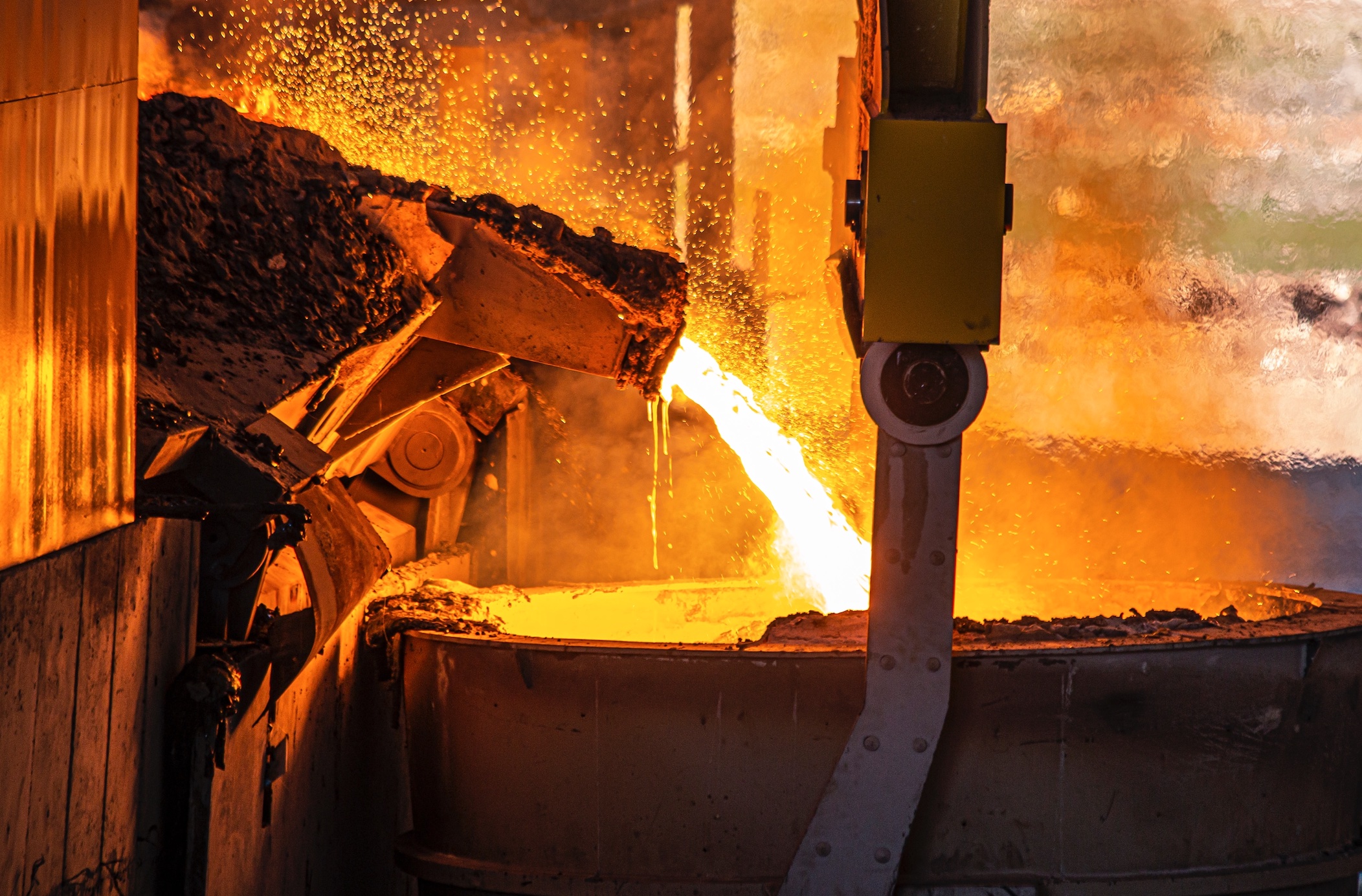To prevent heat illness, wear loose fitting, light colored, and light weight clothing when working in hot temperatures.
Parts of America are going through a heat wave, and everyone is encouraged to stay inside with air conditioning. But what if your workplace is outdoors? Or in an industry with hot temperatures?
Injuries and illnesses from hot temperatures are not uncommon in the workplace. The most serious type of heat-related illness you can get is a heat stroke. Employees who begin suffering from heat stroke may start exhibiting mental dysfunction, confusion, irritability, a rash, seizures, and of course thirst. Critical temperature for the human body is 104 degrees Fahrenheit, so this is when heat stroke typically begins to set in. If the person is not removed from the hot environment in a timely manner, it can lead to organ failure and even death.
Heat exhaustion is a similar but lesser problem. It can occur when the body reaches over 100 degrees, and can cause headaches, nausea, and confusion. Employees who begin to experience any of these symptoms should be removed from the hot area as soon as possible and given cold water to drink. Other heat-related illnesses include heat rash and heat cramps.
Which Industries Have Heat-Related Illnesses?
According to OSHA, some of the industries that have the highest reports of heat-related injuries are:
- Agriculture
- Construction
- Landscaping
- Mail/package delivery
- Oil/gas well operations
- Bakeries/kitchens
- Boiler Room employees
- Fire Services
- Manufacturing
One term often used in this context is “acclimatization”. Acclimatization is the process of building a tolerance to heat and is usually done slowly over a 1 to 2 week period. Employees who don’t go through this process are at a greater risk for heat-related death because their bodies have not acclimated.
Relevant Laws
Federal OSHA has a clause (Section 5[a][1] of the Occupational Safety and Health Act of 1970) that requires employers to provide a workplace “free from recognized hazards that are causing or are likely to cause death or serious physical harm to employees.” This includes dangerously hot temperatures.

California has a similar law for outdoor work areas, with regulations such as how much shade needs to be provided, mandatory buddy systems and supervision ratios, and required break times. The law applies to specific industries: Agriculture, construction, landscaping, oil and gas extraction, and transportation of heavy materials. It was created in memory of Maria Isabel Vasquez Jimenez, a teenage farmworker who died from heat in California after being denied a water break.
Fortunately, when heat injuries do occur and are caught in time, they are usually covered by workers’ compensation.
According to the San Bernardino work injury lawyers at DiMarco Araujo Montevideo, workers’ compensation covers any injury or illness as long as it was caused by or aggravated by the employee’s job. All they need to do is prove that being in the extremely hot temperature is what caused the heat stroke.
If you do suffer a heat-related illness at work, make sure to report it immediately to your employer. In California it must be reported within 30 days to be eligible for workers’ compensation benefits. To prevent heat illness, wear loose fitting, light colored, and light weight clothing when working in hot temperatures.


Join the conversation!